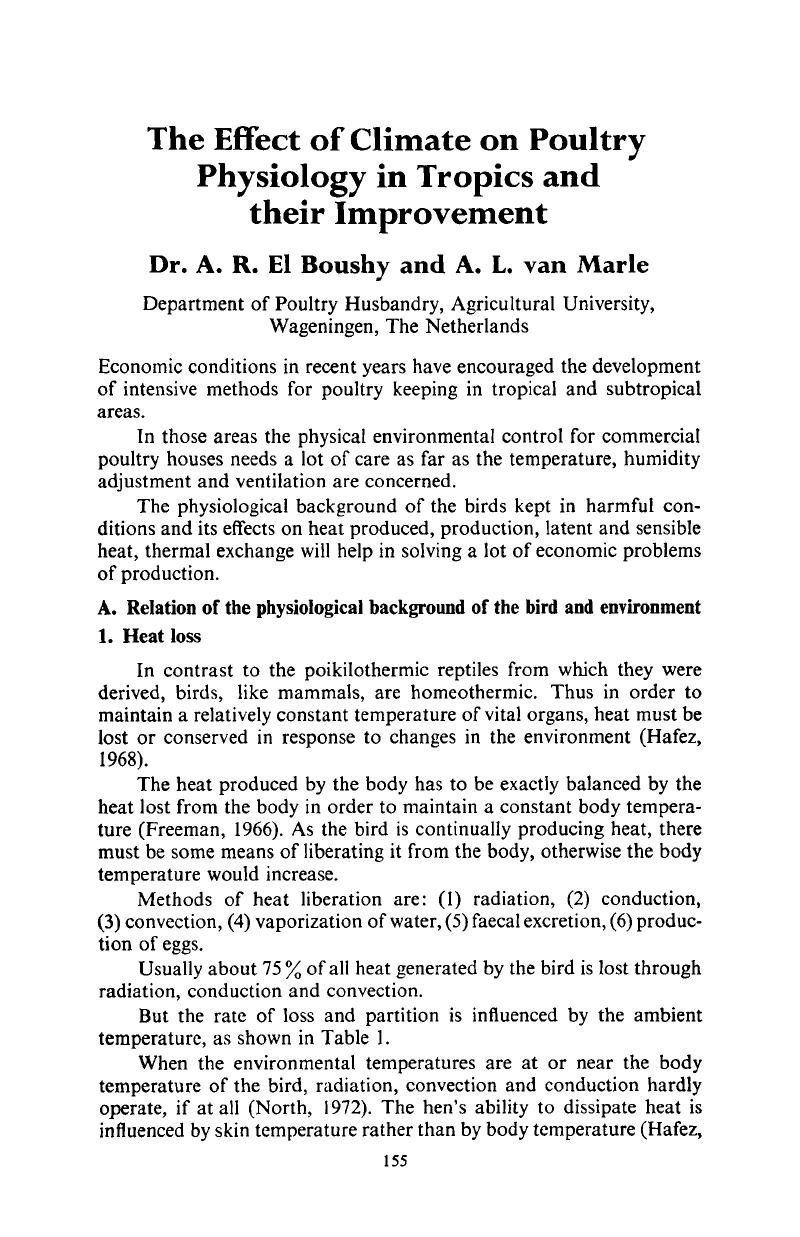Crossref Citations
This article has been cited by the following publications. This list is generated based on data provided by Crossref.
SMITH, W.K.
1981.
Environmental Aspects of Housing for Animal Production.
p.
235.
Valdivie, M.
and
Poppe, S.
1987.
Untersuchungen zur Energie- und Proteinkonzentration von Broilerrationen in Kuba.
Archiv für Tierernaehrung,
Vol. 37,
Issue. 5,
p.
417.
Gordon, Randall W.
and
Roland, David A.
1996.
The Influence of Dietary Calcium and Protein on Third Cycle Hens Under Heat Stress.
Journal of Applied Poultry Research,
Vol. 5,
Issue. 1,
p.
26.
Osti, R
Bhattarai, D
and
Zhou, D
2017.
Climatic Variation: Effects on Stress Levels, Feed Intake, and Bodyweight of Broilers.
Revista Brasileira de Ciência Avícola,
Vol. 19,
Issue. 3,
p.
489.
Qin, HY
Xiao, JH
Li, JX
Gao, X
and
Wang, HB
2017.
Climate Variability and Avian Cholera Transmission in Guangxi, China.
Revista Brasileira de Ciência Avícola,
Vol. 19,
Issue. 2,
p.
211.
Greene, Elizabeth S
Rajaei-Sharifabadi, Hossein
and
Dridi, Sami
2019.
Feather HSP70: a novel non-invasive molecular marker for monitoring stress induced by heat exposure in broilers.
Poultry Science,
Vol. 98,
Issue. 9,
p.
3400.





